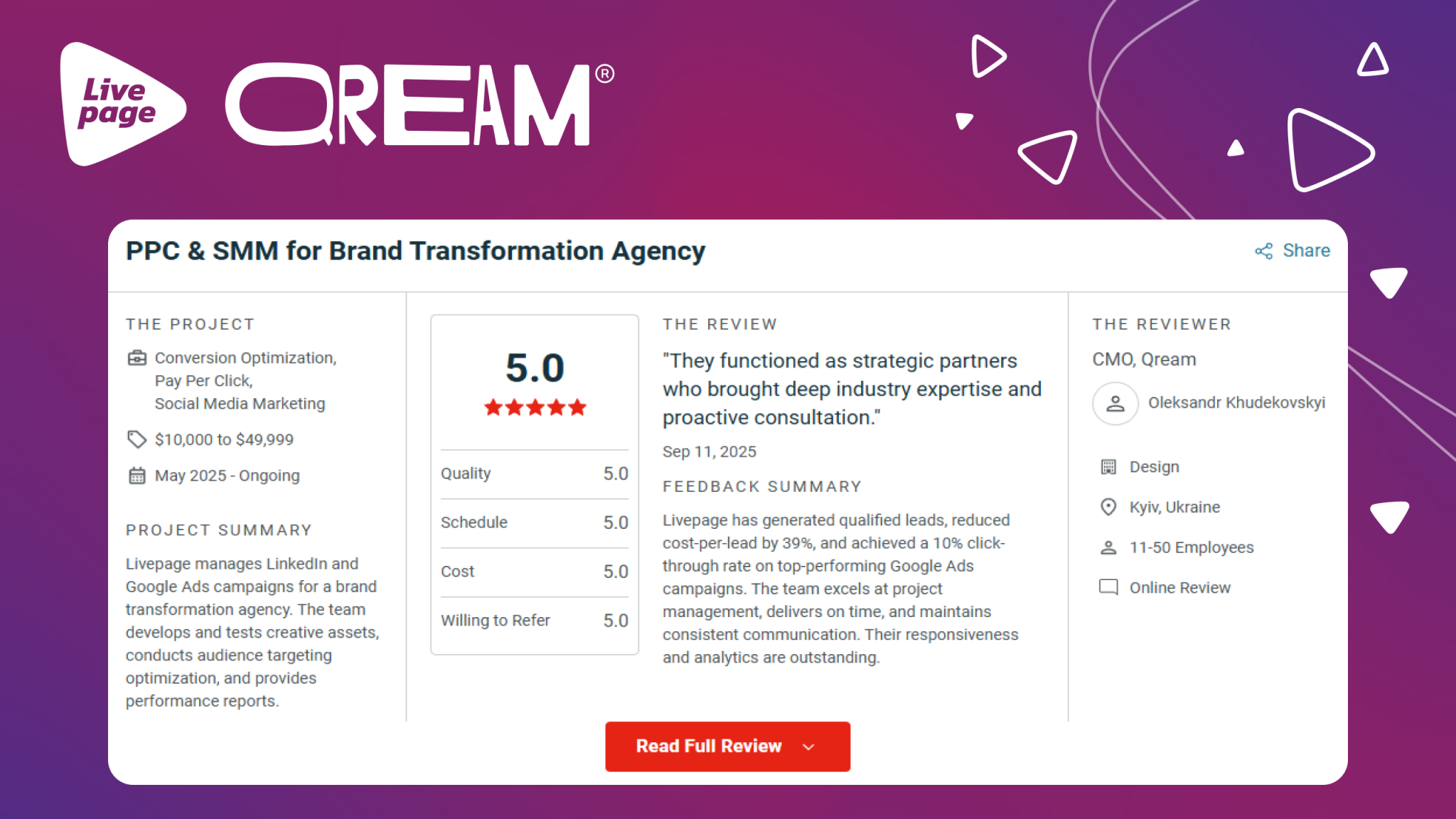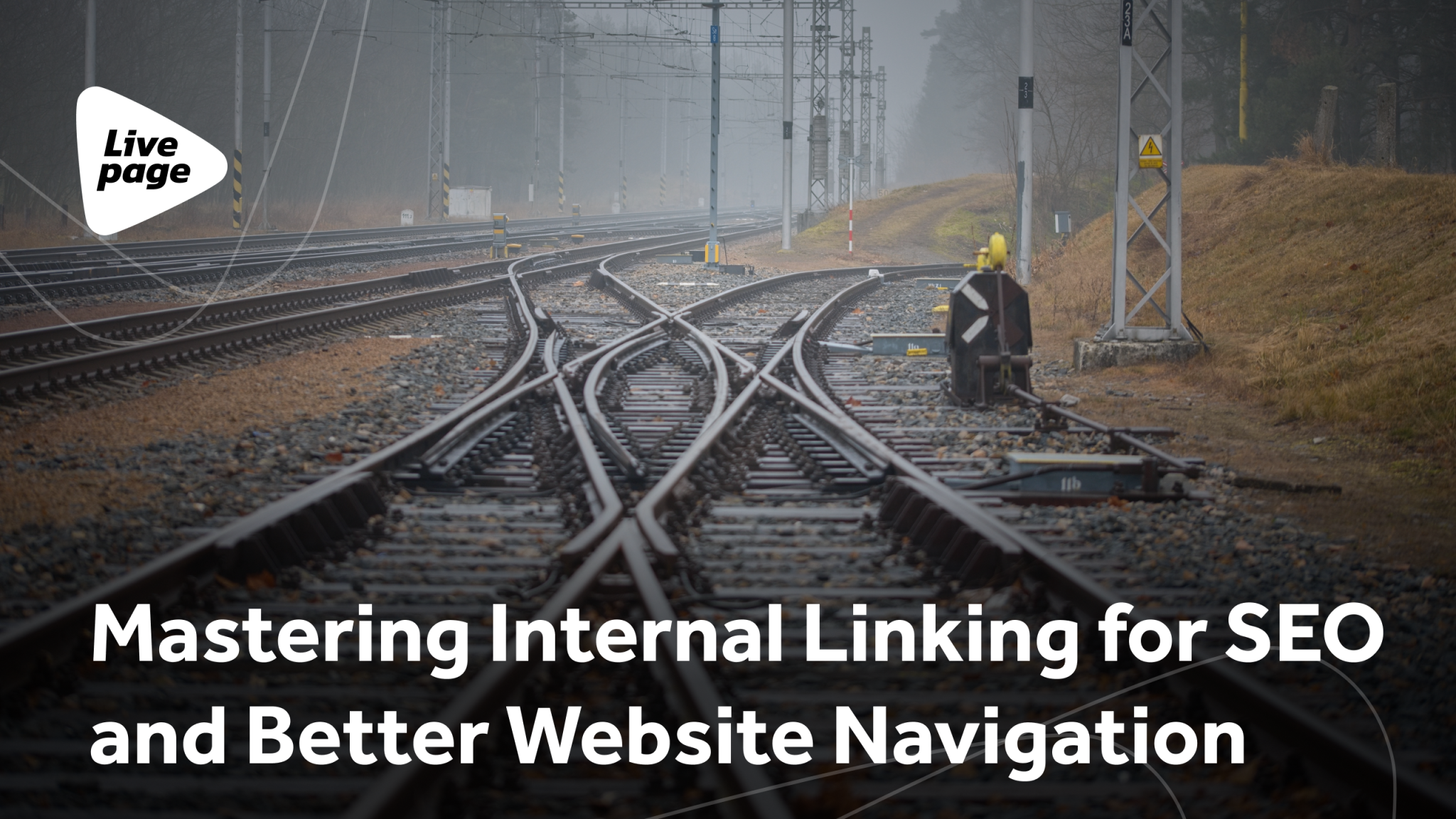
Email Marketing for Business: Ultimate Guide for Beginners
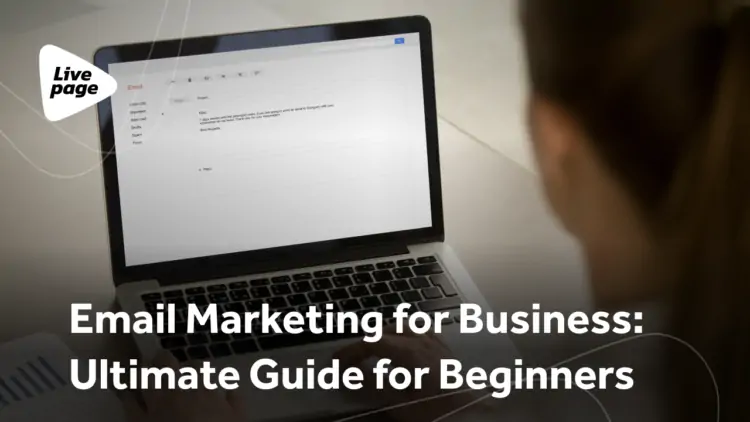
“Old, but gold” is what experienced professionals say about email marketing, and we are here to prove the truth of this statement to you.
From informing clients about your products or services to boosting sales and improving brand image, email marketing has long been a valuable communication channel between businesses and their audiences.
Today, we will discuss how a business can best utilize this channel, and answer the most frequently asked questions like where or how to start an email marketing campaign. No matter what stage your business is at, our guide is relevant for making the most of your email promotions.
We will take a step-by-step look at best practices in the field, share tips on implementing processes, and show you how to avoid common mistakes and improve your strategy. So, let’s break down email marketing for beginners!
Why you need email marketing for your business
Despite the ongoing growth of social media and SMS marketing, marketers and business owners are increasingly noticing how the email channel has become a direct base for using additional marketing tools, providing a consistently high level of engagement and revenue.
Email marketing to beginners is an organic method of establishing direct communication with your audience and making it more meaningful and complex than SMS campaigns. Besides, emails often remain saved in the recipients’ inbox, which can provide additional exposure compared to social media posts.According to Constant Contact, the global email marketing software will be worth $17.9 billion by 2027, up from its 2020 estimate of $7.5 billion. Such impressive forecasts suggest the rapidly growing effectiveness of this channel.

Benefits of email marketing for your small business
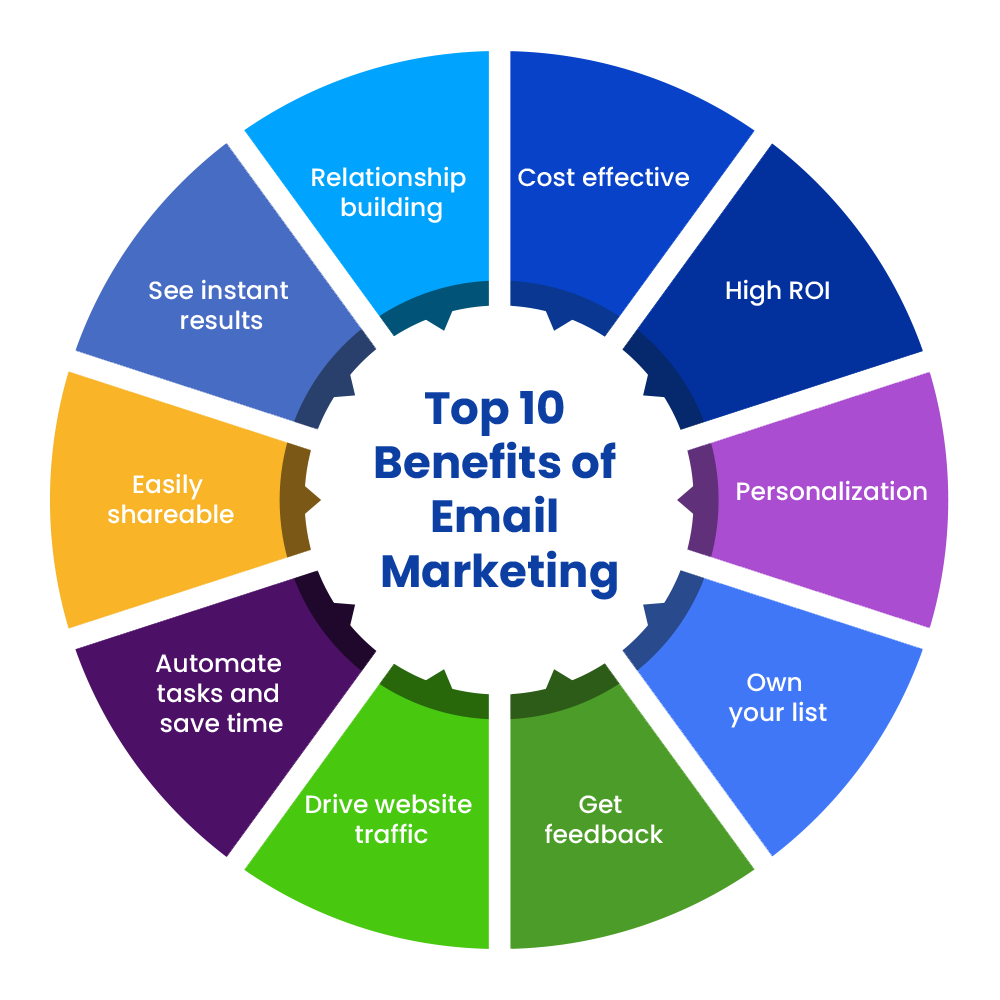
Why is it worth looking into email marketing campaigns for beginners? Email marketing is an inexpensive, versatile, and very efficient tool if used correctly. It can cover the needs of both B2B and B2C projects. Let’s focus on its main benefits:
Low costs
Email promotion is currently the most cost-effective marketing tool. According to various studies, the ROI (return on investment) of email marketing ranges from $36 to $45 for every dollar spent, depending on the niche. You don’t need a large budget to create and launch email campaigns, and the results will become visible in no time.
Audience loyalty
Email marketing allows you to build a sustainable relationship with your audience. You can increase the loyalty of your clients by sending interesting, useful, and, most importantly, personalized content.
Increased sales
Turnkey email marketing allows you to remind the clients about the products they have viewed, provide information about discounts, and implement cross- and up-selling by integrating your email marketing system with your website. By tracking targeted client actions, you can show them a product or service they are interested in, thereby increasing the average check.
Process automation
You can automate most of the email campaign process without losing effectiveness. Purchase confirmation, reminders of an abandoned cart or search query, personalized offers — all of these are easy to automate, saving your employees time and resources.
Challenges of email marketing for your business
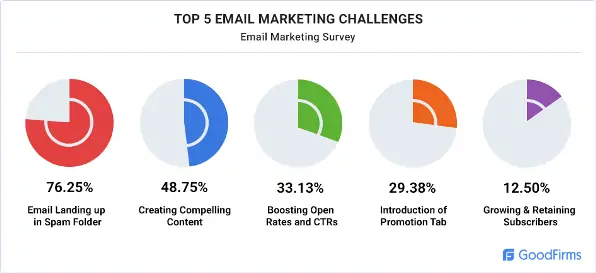
Unfortunately, there is no perfect marketing tool, and even if you become familiar with how to start email campaigns for beginners, you still need to mind the method’s limitations. If you’re new to the world of email marketing, you should pay special attention to difficulties such promotion can encounter and the ways to overcome them:
1. Spam and filters
Email services typically have in-built spam filtering systems that can hide unwanted emails from users. Yet, there are rules that you can follow to minimize the risk of getting caught in spam. This topic requires a more in-depth discussion, which is why we have described the most important tips in our article on how to prevent emails from getting into spam.
2. Unsubscribes
You will always have people who will unsubscribe from receiving your emails, and you should not try to win back everyone who is not interested in your services. However, if the number of unsubscribes is significantly high, it is time to review your email strategy. Make sure that you are providing valuable and relevant content and not knocking on inboxes too often.
3. Legal requirements
Email marketing is subject to various legal restrictions, such as the GDPR in Europe or the CAN-SPAM Act in the United States. Before launching email campaigns in other countries, be sure to familiarize yourself with all local requirements for storing and using user data.
4. Competition
Competition in email marketing can be fierce. With marketing methods becoming ever more sophisticated, creating email campaigns that stand out becomes more and more challenging. To get clients’ attention, create unique content and listen to your audience to provide them with the information they actually need.
Creating an email marketing funnel
A marketing funnel is the path a client takes from getting to know a brand to buying a product or service and then becoming a regular client. An email marketing funnel is the same path but completed with the help of email marketing tools and tactics.
To create an effective email funnel, you need to consider three key aspects:
- Traffic — a constant flow of clients.
- Content — valuable or useful information that will drive traffic.
- Tools — means to convert page visitors into subscribers of your newsletter.
Here is how you create an email funnel just a few steps:
1. Attracting traffic
Prepare high-quality content to provide your funnel with constant targeted traffic. As a rule, landing pages (checklists, lectures, or guides) and subscription forms (double opt-in on website pages) are the best options in this case.
2. Attracting potential clients
At this stage, you need to make sure that your offer matches your content and optimize your subscription forms to increase conversion.
3. Lead nurturing with funnels
Lead nurturing is the process of developing a relationship with your audience by sharing valuable content with them. There are various practices for lead nurturing, but let’s focus on the two most common ones:
- Welcome emails
These emails introduce the company to readers, may contain links to useful content, and also spark interest in subsequent emails.
- Personalized campaigns
Sending the same template email to the entire subscriber base early on can hurt conversion rates. Therefore, the best solution for further work with leads is to create separate scenarios for conditional groups, which should be divided into readers according to their actions at the previous funnel stages.
How to start email campaigns from scratch
Marketing can’t get you anywhere without a strategy, and email marketing is no exception. A well-formulated plan will help you understand your goals and what direction to take. So, if you want to know how to run a successful email marketing campaign for beginners, here is what you need to do:
1. Define your goals
First, define what you want to achieve with email marketing. Email campaigns for beginners can have different goals: from increasing sales to attracting new clients or maintaining the loyalty of existing ones. Remember that goals should be realistic and have deadlines so it will be easier for you to evaluate the effectiveness of your work.
2. Develop your strategy
If the goals answer the question “What do you want to achieve?” then the strategy will be the answer to “How will you achieve it?”. Pay special attention to creating your email strategy since a clear plan will make your work much easier in the future. Determine which KPIs are important to your business and track them.
To make sure you are building the right strategy, ask yourself three questions:
- Who are you communicating with?
- What do you want to talk about?
- What is the purpose of sending emails?
If your strategy clearly answers them, you are on the right track.
3. Prepare your database
If you already have a contact database, you should validate it and segment it before the campaign’s start if possible . You can validate your list of potential clients using online services like ZeroBounce, QuickEmailVerification, or Email Checker.
If you have no database, start building one. The best practice for organically growing a client base is to use a subscription form on your website or landing page.
Note: Do not buy a database, and do not collect it yourself from open Internet sources. These methods are unreliable and can bring you more harm than good.
4. Choose a platform
There is a lot to choose from in the ESP systems market. When selecting an email-sending platform, keep in mind the features you need and your budget. A good ESP system should have:
- drag & drop editor;
- ability to automate processes;
- A/B testing;
- transactional emails;
- segmentation of contacts by their activity.
The proven platforms include Mailchimp, SendinBlue, SendPulse, and eSputnik.
5. Create content
Develop high-quality content for your email campaigns. It can be news, promotions, tips, informational letters, etc. The content must be diverse and relevant to your audience.
Also, pay attention to the design of your emails. It is best to work with a professional designer, but if your budget is limited, you can start with templates available in most ESP systems.
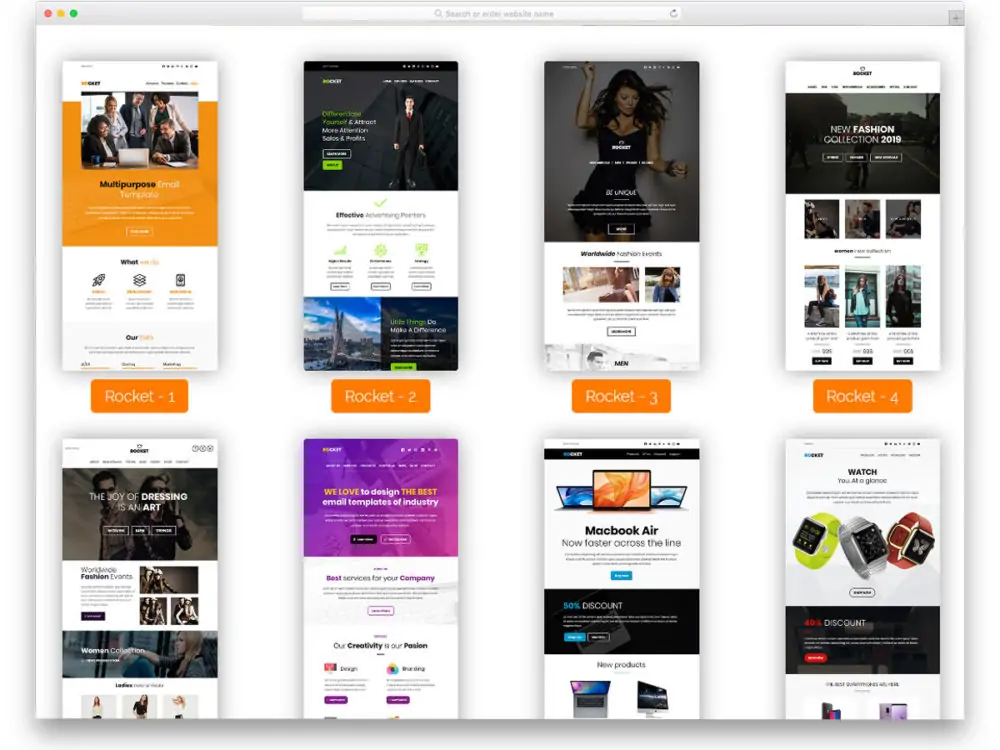
6. Plan your campaigns
Create a content plan for your emails, including frequency, subject lines, and sending dates. There is no universal advice on the frequency of email campaigns since every market has its unique features. However, we do not recommend sending emails more than once a week at first. Avoid making your subscribers feel bored so that you won’t get a lot of unsubscribes or, worse, end up in spam.
Consider Livepage as your partner
Livepage has numerous case studies on email marketing from scratch, and our email marketing strategy agency can assure you that it is worth investing in the development of this communication channel. You can read more about our email marketing cases here and learn what results you can achieve with our team.
Remember that success in email marketing takes time, patience, and continuous improvement. If you do not have the necessary resources or do not want to spend time experimenting, the Livpage team is ready to help you get results as soon as possible!
Conclusion
Email marketing is one of the most cost-effective tools for business development. Yet, despite all of its benefits, it still requires you to overcome specific challenges and adapt to your niche’s conditions. If implemented correctly and based on a well-thought strategy, email marketing can be a great instrument for attracting leads, turning them into customers, and building long-term relationships with your audience.

